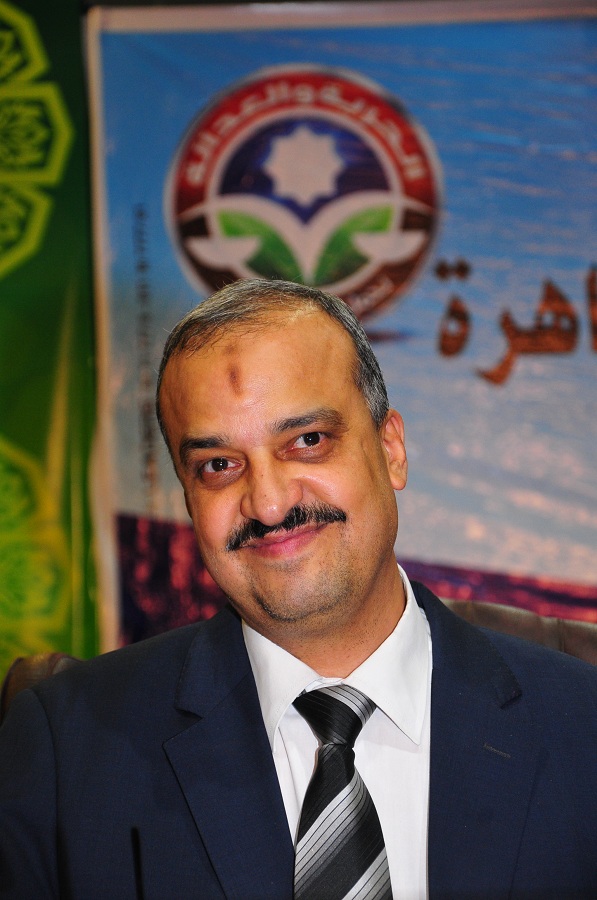Suppose you are concerned about children in Africa dying from preventable diseases. You want to donate money to a charity that is working to reduce the toll. But there are many charities doing that. How do you choose?
The first thing that many people ask about charities is, “How much of my donation is spent on administration? In the United States, that figure is readily available from Charity Navigator, a Web site that has five million users. But the information is taken from forms that the charities themselves complete and send to the tax authorities. No one checks the forms, and the proportions allocated to administration and program expenses are easily massaged with a little creative accounting.
Worse still, that figure, even if accurate, tells you nothing about the charity’s impact. The pressure to keep administrative expenses low can make an organization less effective. If, for example, an agency working to reduce poverty in Africa cuts staff with expert knowledge, it is more likely to end up funding projects that fail. It may not even know which of its projects fail, because evaluating them, and learning from mistakes, requires staff – and that adds to administrative costs.
In 2006, Holden Karnofsky and Elie Hassenfeld faced the question of which charity would make the best use of their money. They were in their mid-twenties, earning six-figure incomes at an investment company – more than they needed – and were thinking about donating money to help make the world a better place. As investment advisers, they would never recommend investing in a company without detailed information about how well it was achieving its goals. They wanted to make similarly well-informed choices about the charities to which they contributed.
So Karnofsky and Hassenfeld got together with six friends who also worked in finance and divided up the field to find out which charities could be shown to be effective. They contacted organizations and received lots of attractive marketing material, but nothing that answered basic questions: what do the charities do with their money, and what evidence do they have that their activities help? They called many charities, but eventually realized something that seemed extraordinary: the information was just not there.
Some foundations said that information on their work’s effectiveness was confidential. This, Karnofsky and Hassenfeld thought, is not a good way to go about charitable work. Why should information about how to help people be secret? The fact that charities were unprepared for such questions indicated to Karnofsky and Hassenfeld that other donors and foundations give more or less blindly, without the information needed to make sound decisions about whom to support.
Karnofsky and Hassenfeld now had a new goal: to obtain and publicize the information. To that end, they founded an organization called GiveWell so that other donors would not have as hard a time extracting it as they had had.
However, it soon became apparent that the task required more than part-time attention, and the following year, after raising $300,000 from their colleagues, Karnofsky and Hassenfeld left their jobs and began working full-time for GiveWell and its associated grant-making body, The Clear Fund. They invited charities to apply for grants of $25,000 in five broad humanitarian categories, with the application process demanding the kind of information that they had been seeking. In this way, a substantial part of the money they had raised would go to the most effective charity in each category, while simultaneously encouraging transparency and rigorous evaluation.
The first report on which organizations are most effective at saving or transforming lives in Africa is now available on GiveWell’s Web site, www.givewell.net. Population Services International, which promotes and sells items like condoms, to prevent HIV infection, and bed nets, to prevent malaria, came out on top, followed by Partners in Health, an organization that provides health care to poor rural populations. The third-ranked organization was Interplast, which is more narrowly focused on correcting deformities like cleft palate.
Evaluating charities can be more difficult than making investment decisions. Investors are interested in financial returns, so there is no problem about measuring distinct values – in the end it all comes down to money. It is more difficult to compare the reduction of suffering brought about by correcting a facial deformity with saving a life. There is no single unit of value.
In other ways, too, evaluating charities takes time, and can be expensive. Perhaps for this reason, many organizations, including some of the best-known anti-poverty organizations working in Africa, did not respond to GiveWell’s request for information. No doubt they calculated that a chance to get a $25,000 grant wasn’t worth it. But if donors start to follow GiveWell’s recommendations, then a high ranking from GiveWell could be worth far more than the value of the grant.
This is why the potential of GiveWell is revolutionary. In the US, individual donors give about $200 billion to charities each year. No one knows how effective that vast sum is in achieving the goals that donors intend to support. By giving charities an incentive to become more transparent and more focused on being demonstrably effective, GiveWell could make our charitable donations do much more good than ever before.
Peter Singeris professor of bioethics at Princeton University and the author of, among other books, Animal Liberation, Practical Ethics, One World, and, with Jim Mason, The Ethics of What We Eat. This article is published by DAILY NEWS EGYPT in collaboration with Project Syndicate (www.project-syndicate.org).






